How the cloud underpins Lush's entire digital strategy
Lush plans to make a splash with chatbots and may train staff with AI
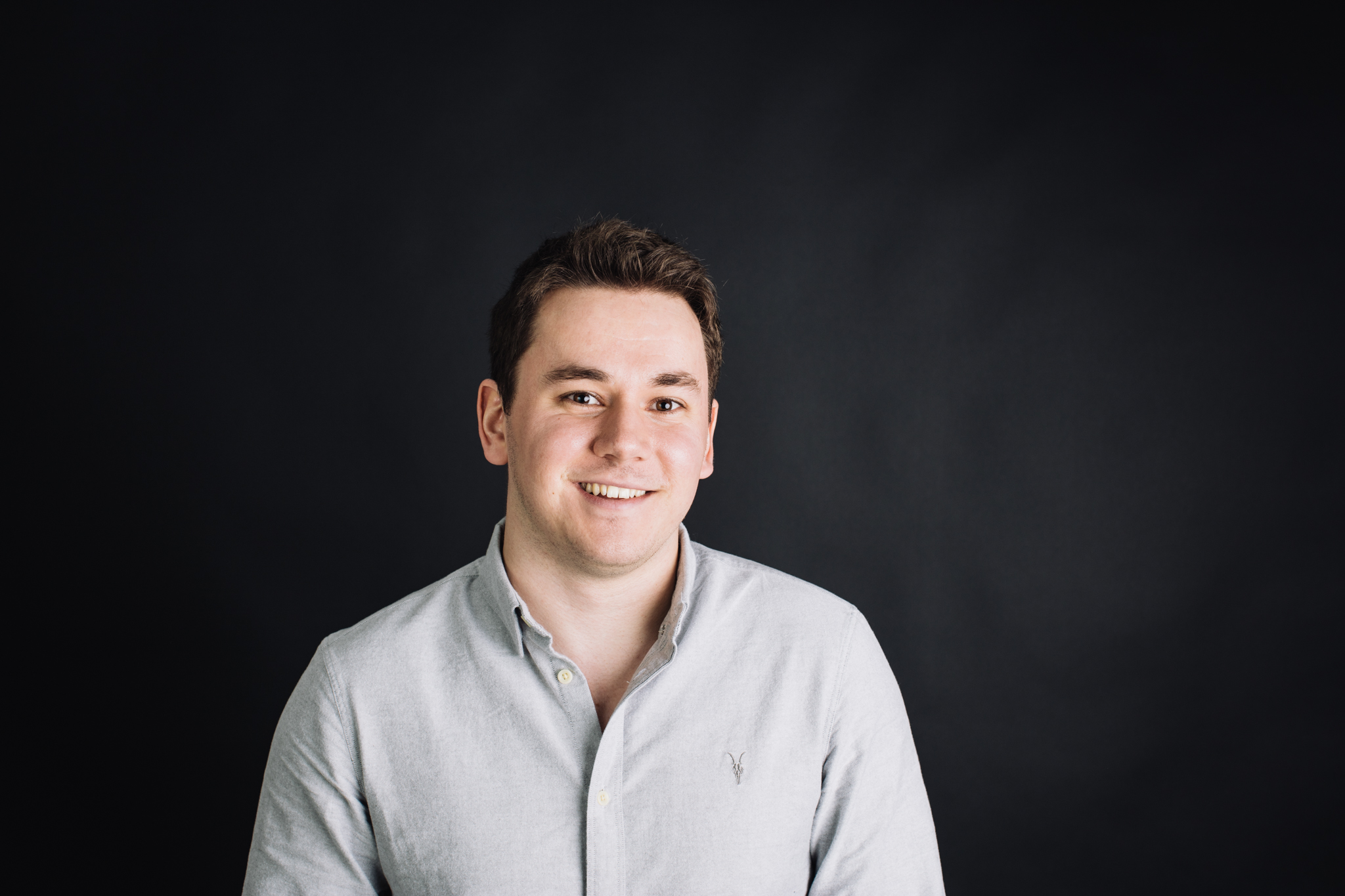

Lush is a cosmetics retailer specialising in a number of products including soaps, bath bombs and face masks. It has recently pushed itself into the digital world by developing a new app called Lush Lens and a virtual assistant called Lush Concierge.
We caught up with Lush's Ryan Kerry, its global head of engineering and technology, to find out more about how the company is using the Google Cloud Platform (GCP) and what plans it has for the future.
Taking full advantage of the cloud
Just before Christmas of last year, Lush migrated its e-commerce site to the cloud with Google's help. In just 22 days, the high street chain moved its entire e-commerce site to the Google Cloud Platform (GCP), which involved migrating 17 websites, its till system, and the brand's iOS and Android apps.
Kerry says Lush is close to operating as a cloud-first business. "At the moment everything goes there first, everything that doesn't is sitting on-prem and we are migrating over," he explains. "We're working with all our other countries with their IT departments to bring it over onto the public cloud simply because of the cost."
Pointing to GCP's strengths, Kerry says he only pays for what he uses, as well as benefitting from Google's networking efficiencies and evolving product roadmap. Quickly testing new ideas cheaply on Google's servers is another benefit for Lush, taking advantage of the public cloud's classic test and dev use case.
"From a technology strategy [point of view] we can react really, really quickly to anything we need to do, so whenever there is a new idea or new product, we can prototype it pretty much within a matter of days and actually get something out there for a feedback loop in a week," he explains.
Lush makes greatest use of GCP's container engine, but it also utilises the Compute Engine for both its existing infrastructure and Vision API, which powers the Lush Lens, an app that lets customers point their smartphone camera at any product in-store to get a quick description of what it is, via Google's image recognition technology. The new Lush Concierge - the retailer's virtual shopping assistant - uses Google's machine learning too.
Get the ITPro daily newsletter
Sign up today and you will receive a free copy of our Future Focus 2025 report - the leading guidance on AI, cybersecurity and other IT challenges as per 700+ senior executives
"We're also doing a lot of prototyping with their IoT core [which helps firms manage vast amounts of device data] so we're helping drive that forward by providing recommendations on that as well. We're looking at how we can develop smart shops so we are working with Google quite closely."
Lush's fresh new AI
The introduction of AI and robots has made employees worry about their future job prospects.
But Kerry underlines that Lush's new virtual shopping assistant doesn't necessarily mean Lush wants to replace its internal workforce - the human touch still counts for a lot. "You get that kind of one on one personal experience" says Kerry, pointing to their good customer service, and product knowledge and skill in demonstrating how products are used.
Instead, Lush wants to explore how chatbots can complement its workforce. AI is something it plans to explore more of and Kerry has been doing a lot of work with Google's machine learning and artificial intelligence APIs. He hints that Lush is looking at creating some kind of embedded device for the bathroom, too.
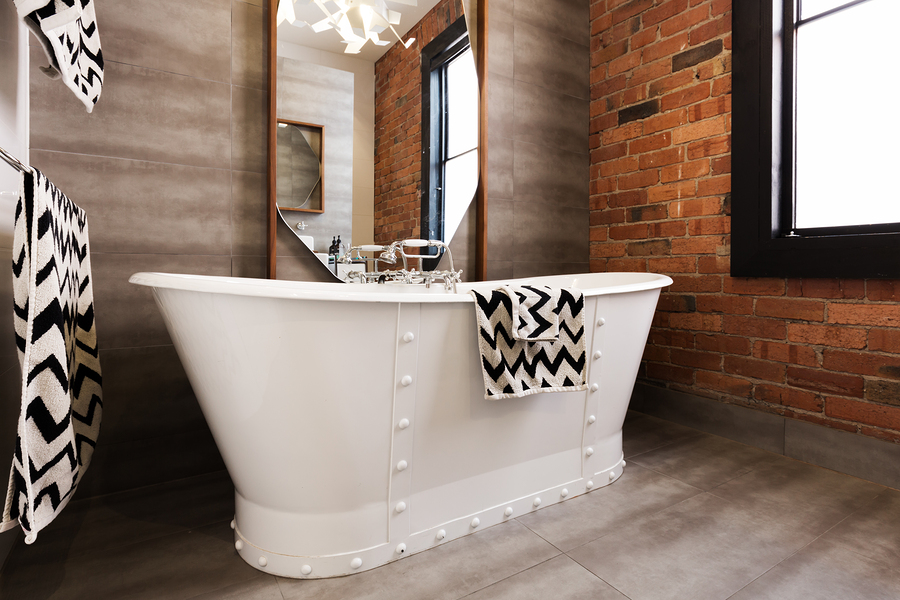
"There's always been the idea that Lush would like to own the bathroom," he admits. "Whilst a lot of companies want to own the entire home or the kitchen, we were thinking Lush could be the bathroom, and [we considered] how could we incorporate something with our AI where it can set mood lighting, where that's an integration into lighting systems, sound systems, and other bits like that. We're doing a lot of work around it."
The waterproof device may be able to interface with a user's smart bathroom lights, tell them when the water temperature is just right, and even stream music.
Meanwhile, Lush Concierge could potentially work across multiple devices, and may even become a live chatbot on its new website (also based on GCP), "so it's going to constantly get data to learn to provide better experiences for our customers".
The first version of Lush Concierge is going to be released across native hardware, such as the Google Home and Amazon Echo, which Kerry says will provide a chat client as well as a voice activation client.
Training staff with new technology
Kerry thinks there is huge potential for training Lush employees with the new technology the company has developed.
Lush Lens works by scanning products, recognising them and then telling the user more information about them. If employees are new to the brand then a great way of getting to know all the products is by using the app to scan products.
"Suddenly you can start scanning products and get all the information about them. It [the app] tells you all [about] the ingredients and where the ingredients have come from," outlines Kerry. He adds that this is particularly useful for Lush, since it has a "naked policy" where the company doesn't package its products, so knowing all this information is essential for new starters.
Lush may even use this technology in warehouses to scan batch codes, allowing warehouse workers to understand where the products comes from, where the ingredients are from and more. "It becomes a great wealth of knowledge for our staff," says Kerry.
He also points out that Lush Concierge, the AI system, can be used by employees to find out information such as where the nearest shop is, what ingredients are in a product, or even how to use a certain product.
"Anything we are building for our customer we are kind of seeing it as staff and customer are the same," says Kerry.
Main image source: Lush
Body copy image source: Bigstock
Zach Marzouk is a former ITPro, CloudPro, and ChannelPro staff writer, covering topics like security, privacy, worker rights, and startups, primarily in the Asia Pacific and the US regions. Zach joined ITPro in 2017 where he was introduced to the world of B2B technology as a junior staff writer, before he returned to Argentina in 2018, working in communications and as a copywriter. In 2021, he made his way back to ITPro as a staff writer during the pandemic, before joining the world of freelance in 2022.
-
 Meta just revived plans to train AI models using European user data
Meta just revived plans to train AI models using European user dataNews Meta has confirmed plans to train AI models using European users’ public content and conversations with its Meta AI chatbot.
By Nicole Kobie
-
 AI is helping bad bots take over the internet
AI is helping bad bots take over the internetNews Automated bot traffic has surpassed human activity for the first time in a decade, according to Imperva
By Bobby Hellard
-
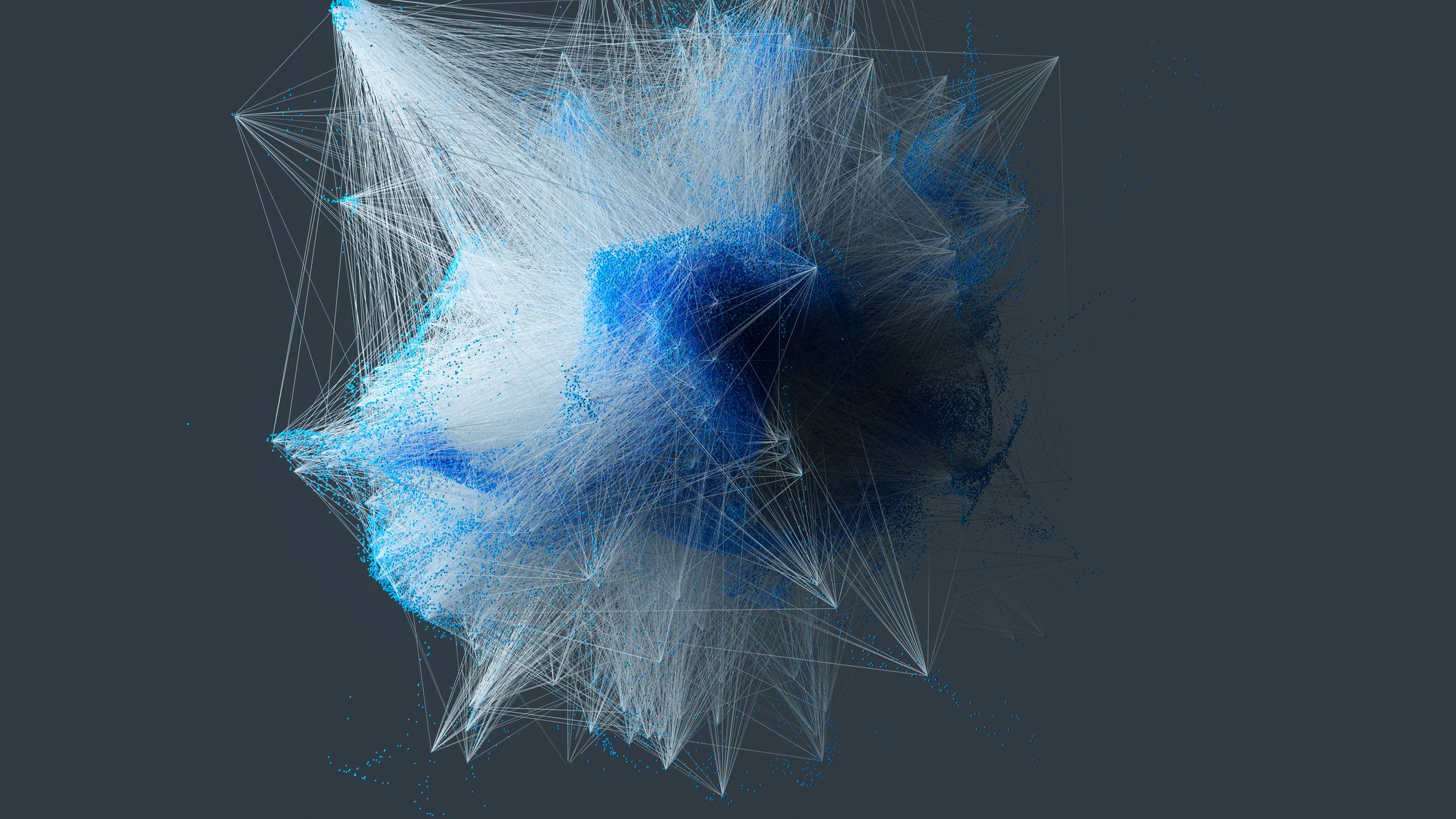 Majority of CIOs concerned that cloud complexity exceeds human ability
Majority of CIOs concerned that cloud complexity exceeds human abilityNews Greater observability and rollout of automated systems are also needed to reduce IT team strain and burnout
By Rory Bathgate
-
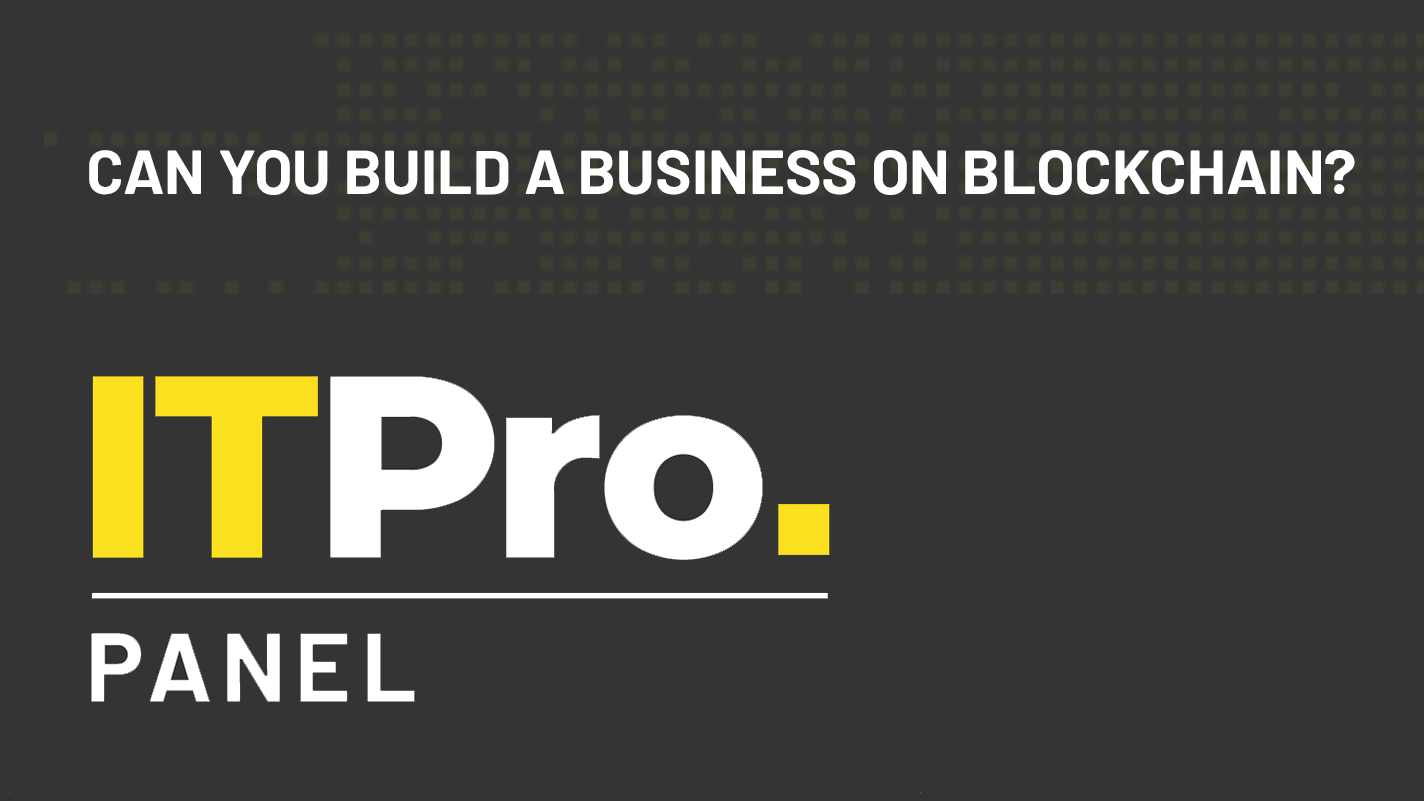 IT Pro Panel: Can you build a business on blockchain?
IT Pro Panel: Can you build a business on blockchain?IT Pro Panel Blockchain’s about more than just cryptocurrencies, but does it have a place in the enterprise?
By Adam Shepherd
-
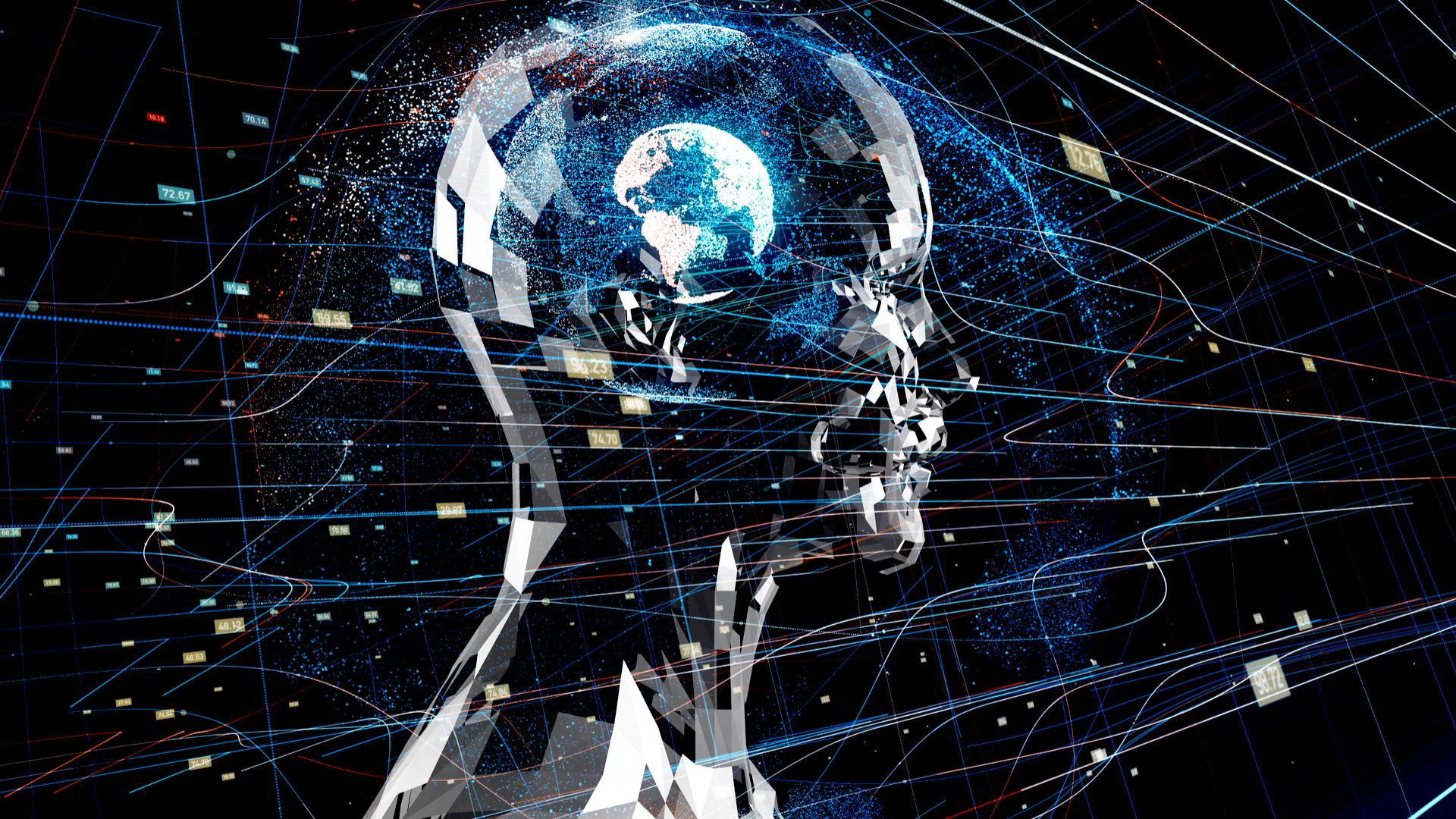 AI the most critical technology for CIOs over the next five years
AI the most critical technology for CIOs over the next five yearsAnalysis 60% of CIOs believe artificial intelligence and machine learning are the top critical future technologies
By Esther Kezia Thorpe
-
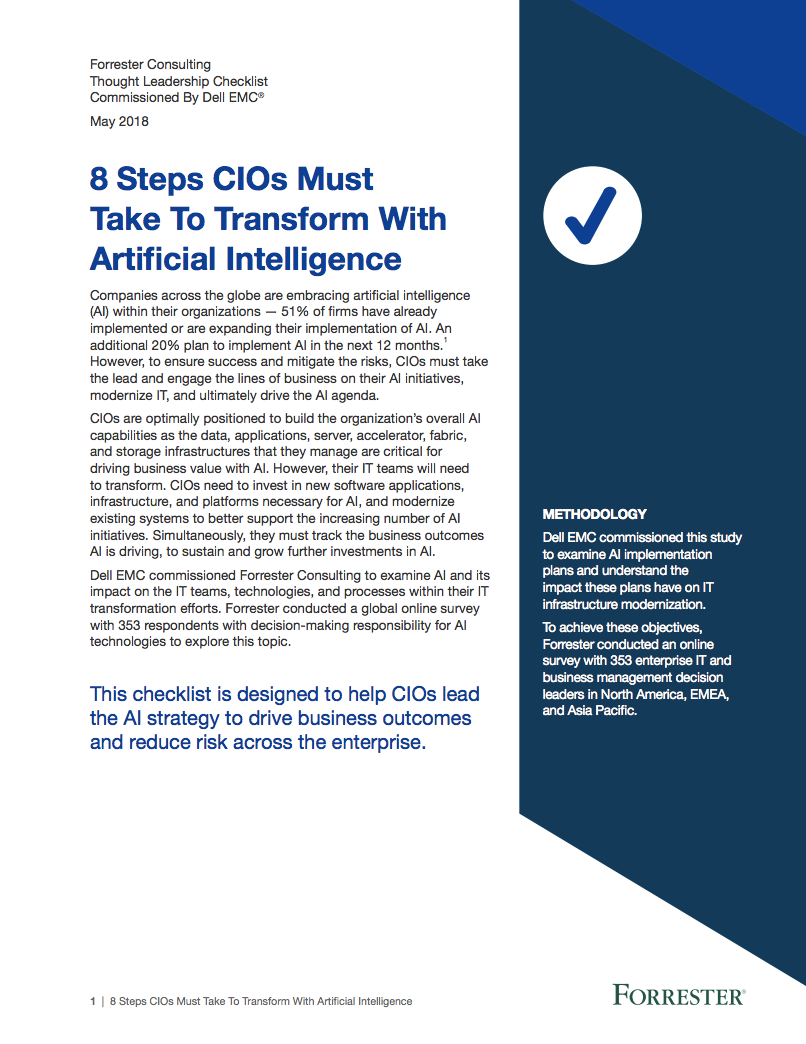 8 steps CIOs must take to transform with artificial intelligence
8 steps CIOs must take to transform with artificial intelligenceWhitepapers A checklist to help CIOs lead their AI strategy
By ITPro
-
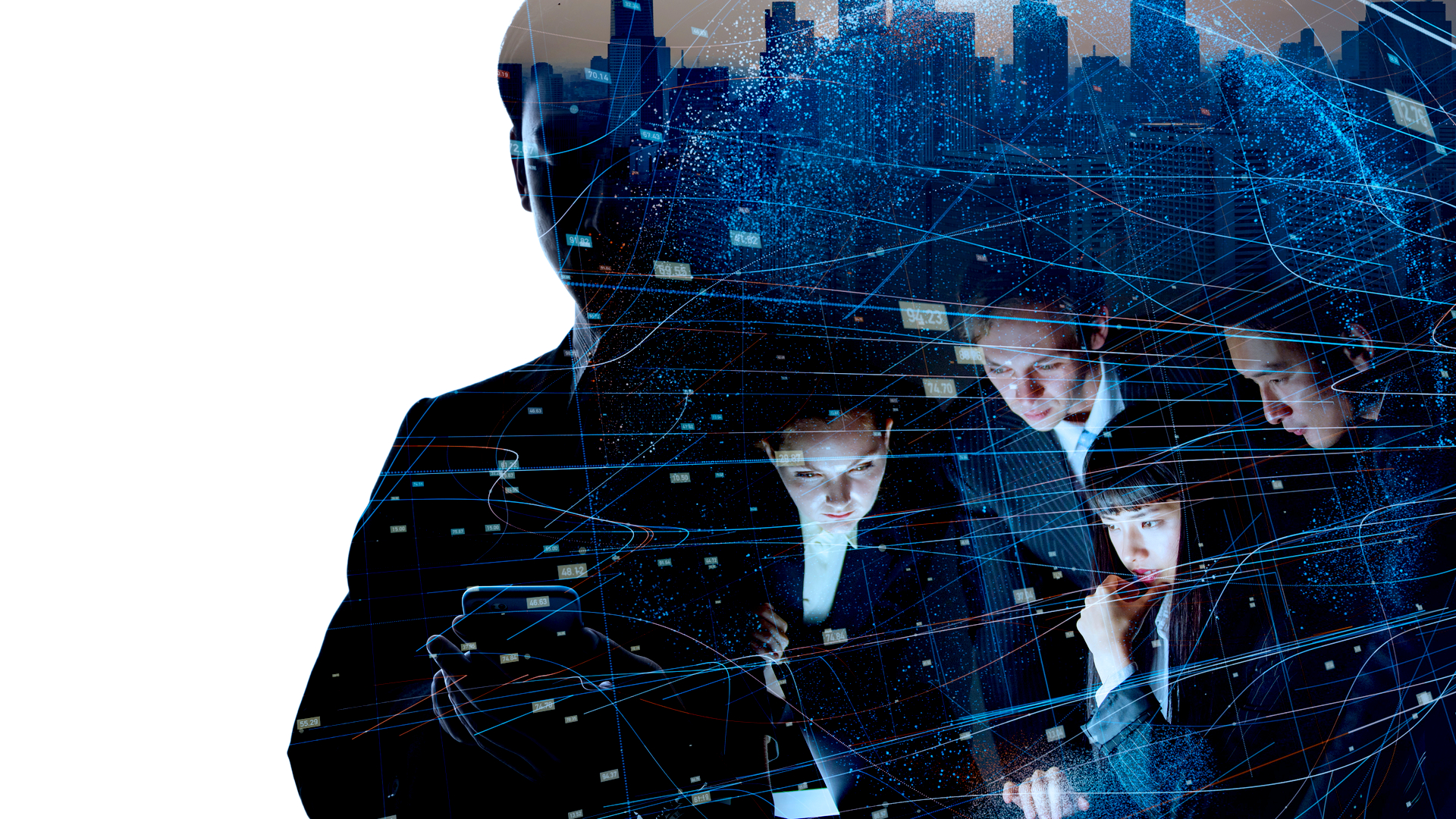 AI and the CIO: How to develop a business case
AI and the CIO: How to develop a business caseIn-depth Convincing executives to look past the hype and bluster is often the biggest challenge for IT leaders
By Mark Samuels
-
 Mayor of London hails capital's AI firms as he reveals smart city roadmap
Mayor of London hails capital's AI firms as he reveals smart city roadmapNews Sadiq Khan outlines plans to use more data and urges startups to solve social challenges
By Joe Curtis
-
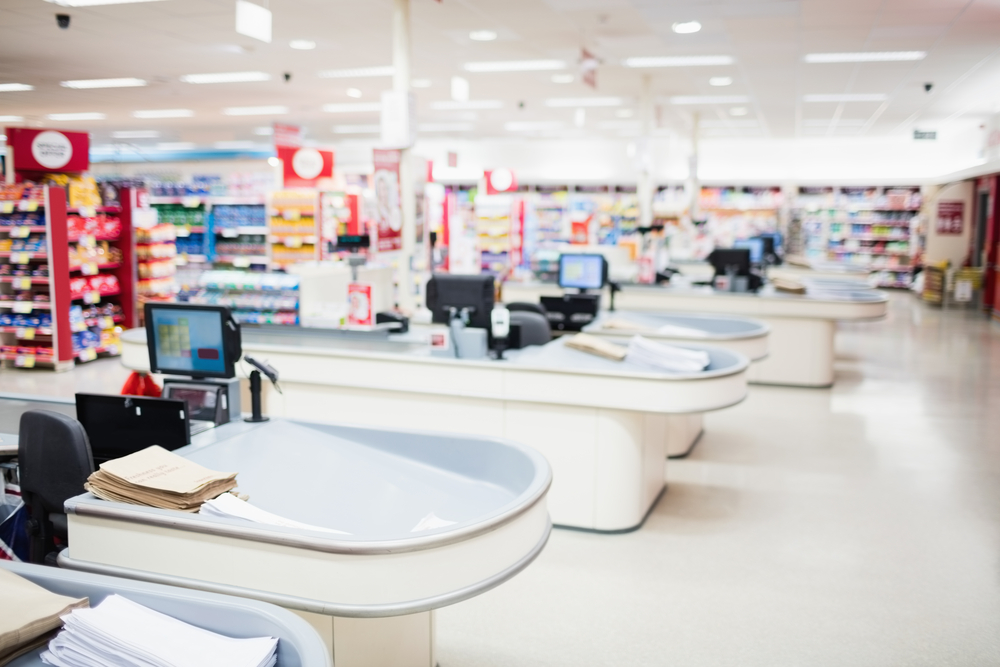 IFS: Living wage increases put jobs at risk of automation
IFS: Living wage increases put jobs at risk of automationNews Rises in the lowest wages 'may make automation more attractive to employers'
By Dale Walker
-
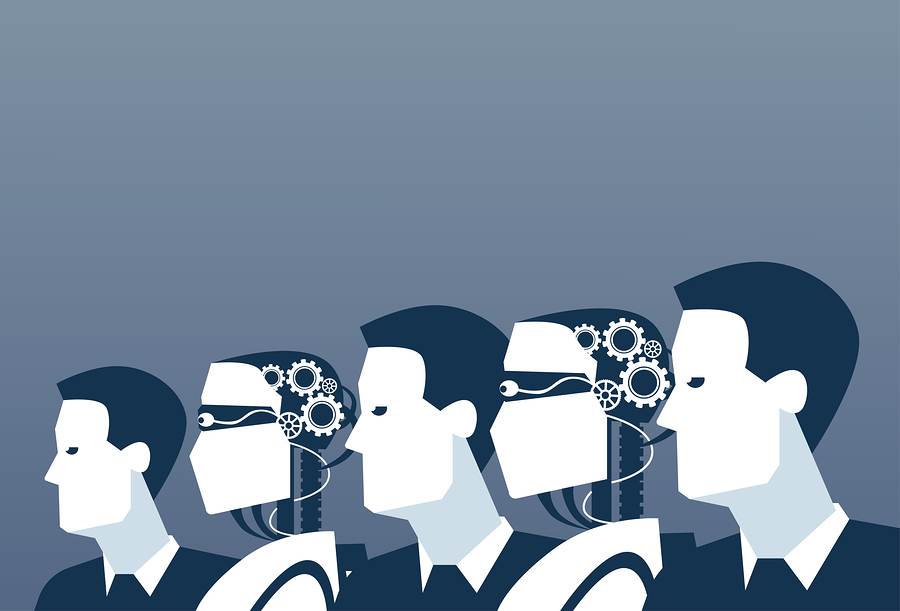 AI news: CBI urges creation of AI commission in 2018
AI news: CBI urges creation of AI commission in 2018News It underlines the need to analyse the impact of AI on the workforce
By Dale Walker